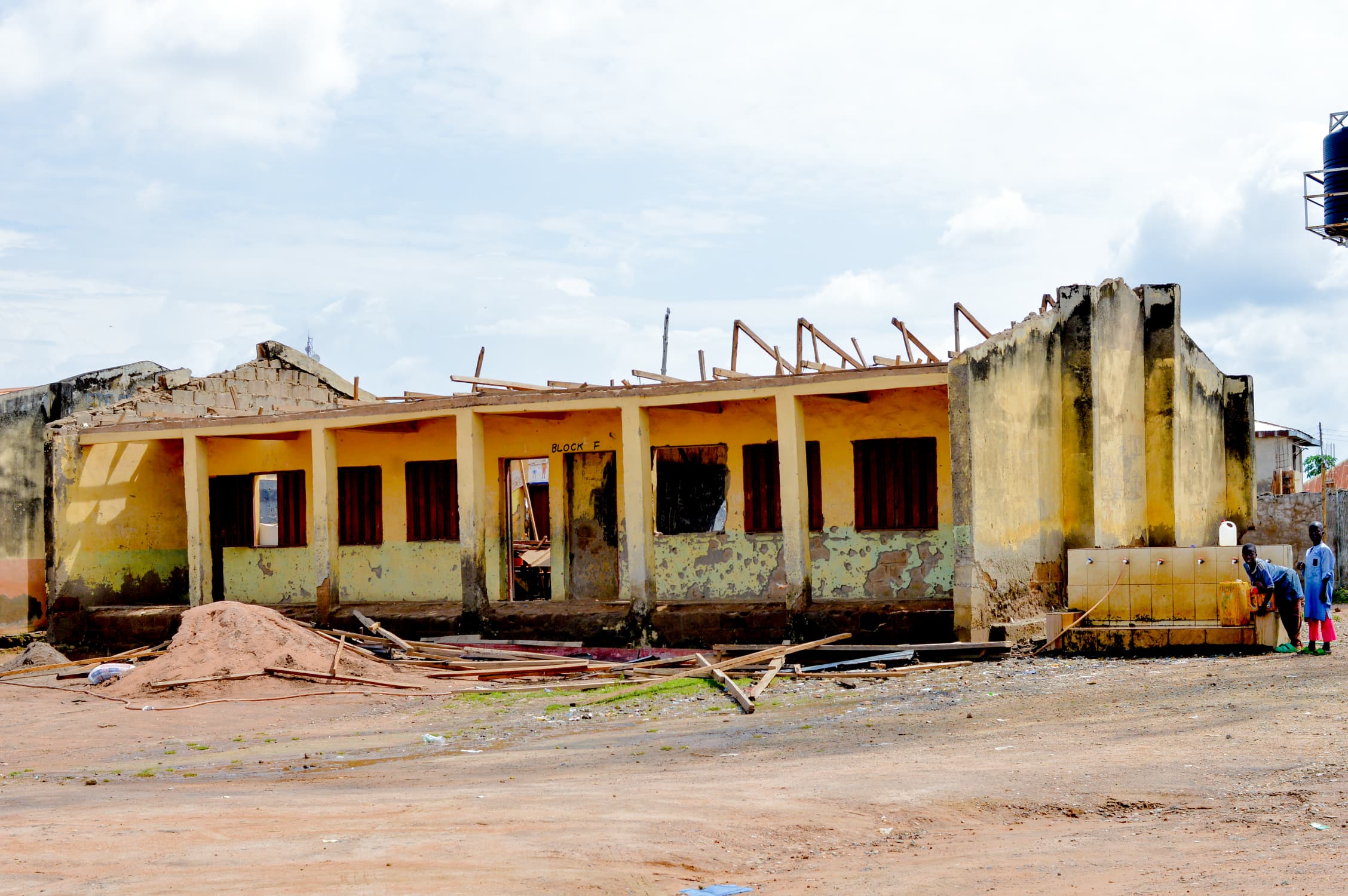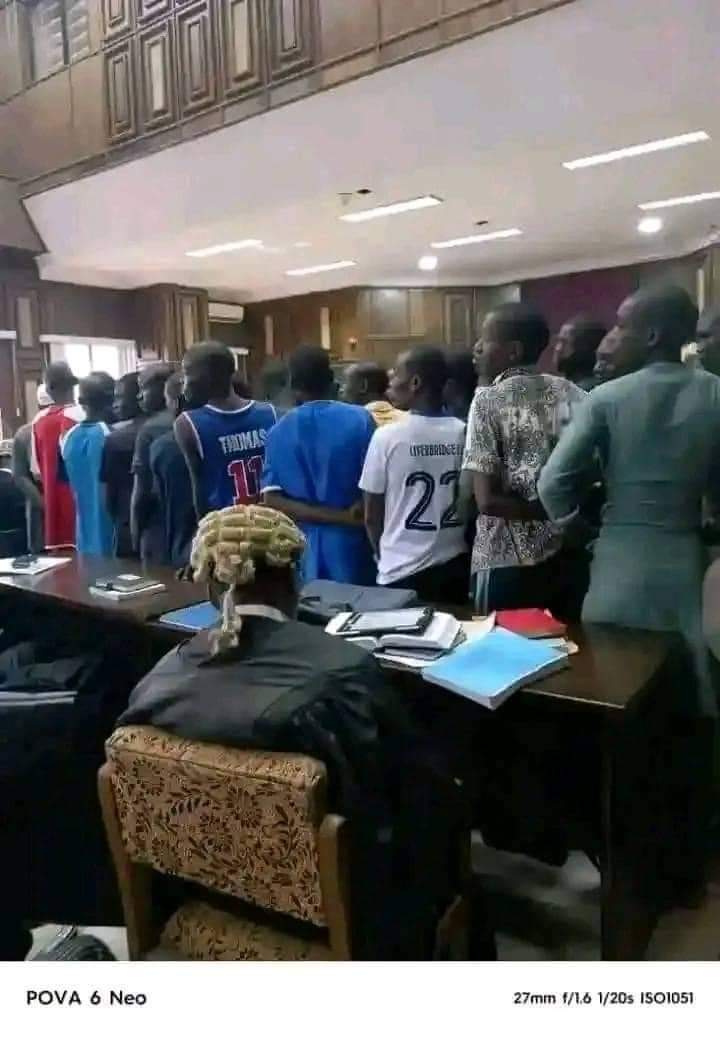
The Lagos State Government has said it is working on adopting the latest cheap groyne technology to preserve and protect coastline communities in Lagos State from going into extinction as a result of the impact of coastal erosion.
The state’s Commissioner for Waterfront and Development, Yacoob Alebiosu, said the government planned using groynes but noted that it was an expensive venture for which the state would need the assistance of the Federal Government and the private sector.
A groyne is a low wall built out into the sea to prevent it from washing away sand and stones from the beach.
Some of the communities, such as Idotun, Origanrigan, Olomowewe, Itoke, and Asoroko in the Ibeju Lekki area of the state, had been reportedly ravaged by coastal erosion.
However, speaking on the impact of erosion on the communities and the planned adoption of the new technology, the Commissioner for Waterfront and Development, Yacoob Alebiosu, during a chat with the media, said the technology was part of coastal management and protection efforts to secure beaches and shorelines in the state.
Alebiosun said, “We are looking at reclamation and also protecting what is left of these villages, though it is very expensive to do so. We have some groynes at the moment around Okunde; that is the Great Wall.
“We want to block the groynes to relieve the pressure in that area. But we’d need to move from Alpha Beach to Ibeju Lekki, and that is about a 42-kilometre stretch that will require about 105 groynes to put in place.
“More than a year ago, precisely in February, to put up a groyne is about N12bn. The total stretch of the coastline in Lagos is about 180km, which is huge. So if we have to cater to the whole stretch, do your math, but we have to continue to work at it because we need to protect the ancestral land of these people, and for some, it is their means of livelihood.
“We are not looking at groynes alone; we are also looking at replenishment, as they do in the Netherlands. We are looking at doing it long-term, and we need the FG and other private people to come together to protect the coastline.”








